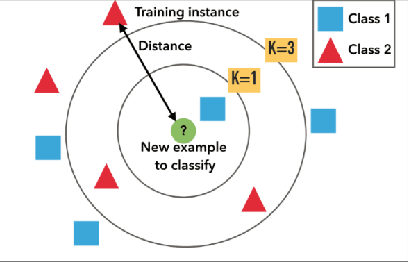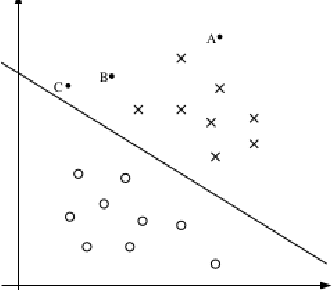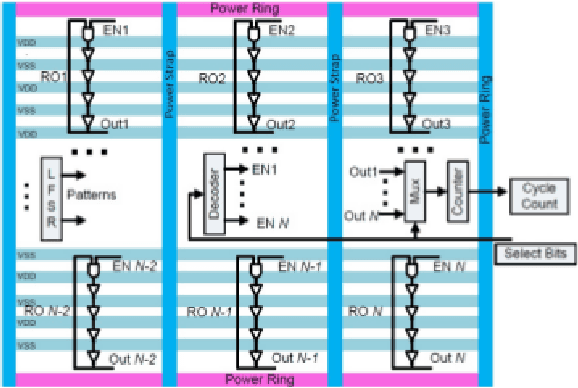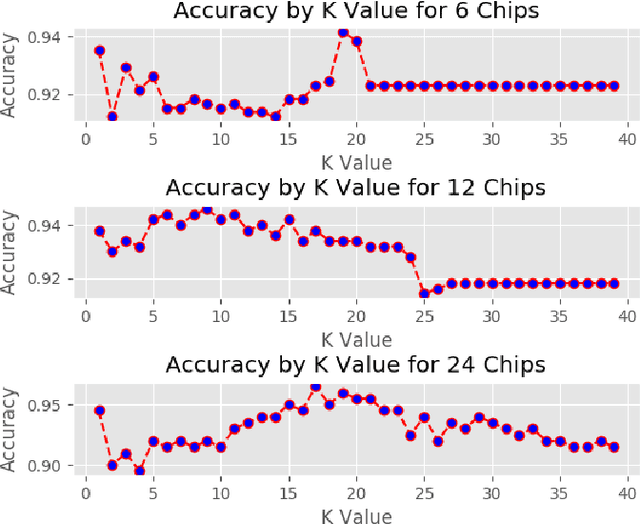Supervised Machine Learning Techniques for Trojan Detection with Ring Oscillator Network
Paper and Code
Mar 12, 2019



With the globalization of the semiconductor manufacturing process, electronic devices are powerless against malicious modification of hardware in the supply chain. The ever-increasing threat of hardware Trojan attacks against integrated circuits has spurred a need for accurate and efficient detection methods. Ring oscillator network (RON) is used to detect the Trojan by capturing the difference in power consumption; the power consumption of a Trojan-free circuit is different from the Trojan-inserted circuit. However, the process variation and measurement noise are the major obstacles to detect hardware Trojan with high accuracy. In this paper, we quantitatively compare four supervised machine learning algorithms and classifier optimization strategies for maximizing accuracy and minimizing the false positive rate (FPR). These supervised learning techniques show an improved false positive rate compared to principal component analysis (PCA) and convex hull classification by nearly 40% while maintaining > 90\% binary classification accuracy.
 Add to Chrome
Add to Chrome Add to Firefox
Add to Firefox Add to Edge
Add to Edge